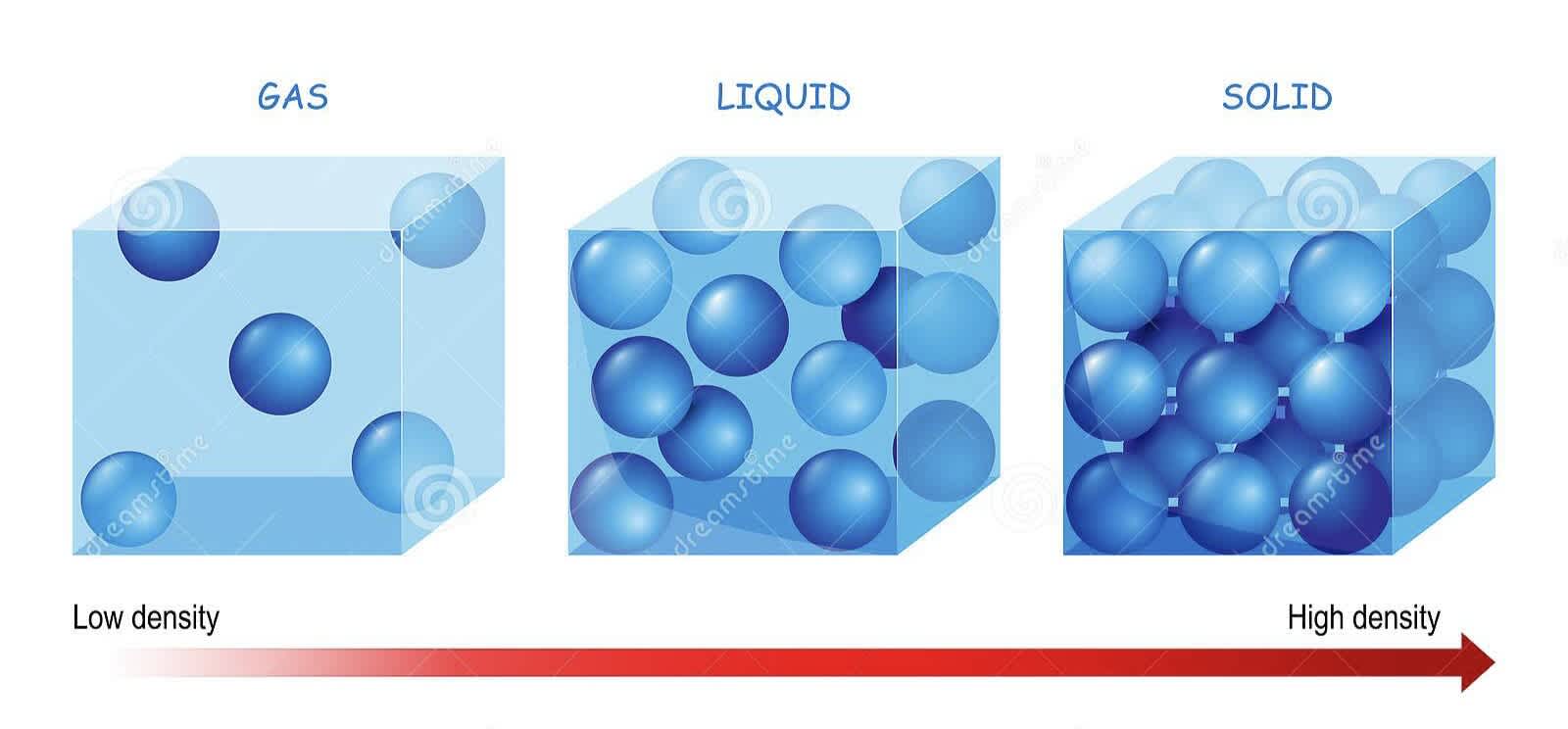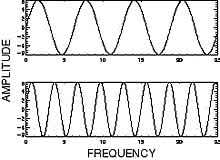Underwater, we can hear, but the sound waves have a higher frequency range. The skull picks up higher amplitude vibrations. Humans, unfortunately, are unable to hear or understand lower frequencies.
As a result, the sound created underwater stays underwater.
And only a small amount of sound travels into the air. When you listen to a sound made underwater with your head out of the water, you don't hear much. Let’s look at all this from scratch!
Sound and the factors that influence it:
A sound is a form of energy that creates a sensation of hearing. Vibrations have an impact on sound. As an example of a sound source, consider the sound of a bell. When we ring a bell, it produces a sound. The object's body moves back and forth due to the vibration that follows the sound.
The density and temperature of the material. Through which it travels affect the speed of sound. The medium through which sound travels (solid, liquid, or gas) has a large impact on its speed. Other things that affect sound include:
The density of the medium
Because the molecules are crowded together in a dense medium, sound travels faster. As a result, sound speed increases as the density of the medium increases.
The temperature of the medium
The speed of sound is directly proportional to the temperature. As a result, as the temperature rises, the speed of sound increases.
How does sound travel through different mediums:
Sound travels fastest through solids where molecules are tightly packed together. Sound can’t travel through space where there are no molecules to vibrate. The vibrating particles in a solid produce a greater frequency in it. Whereas, due to the greater space between particles. A lower frequency of sound is observed. To reach their target, sound waves must travel through a medium such as solids, liquids, or gases. Sound waves vibrate the molecules in a substance as they move through various media. Solids have molecules that are very tightly packed. Liquids are less tightly packed than solids. Gases, but, have a looser packing. As a result, sound travels far faster through a solid than through a gas. Sound travels four times faster and further in water than it does in the air. This is why whales can communicate over long distances in the water. Sound waves travel thirteen times faster in wood than they do in the air.
If you want to explore more how sound behaves in vacuum read Can sound travel through vacuum?

density and states of matter
The vibrating particles in a solid produce greater frequency in it whereas, due to greater space between particles, a lower frequency of sound is observed.
Characteristics Of Sound Waves:
Frequency, wavelength, and amplitude are the three fundamental components of a sound wave.

Graph representing different characteristics of sound waves
Frequency: The number of pressure waves passing by a reference point per unit time is frequency. Measured in Hertz (Hz) or cycles per second. The human ear perceives a higher pitch sound as an increase in frequency. Whereas a lower-pitched sound depicts a reduction in frequency. Humans can hear sound waves with frequencies ranging from 20 to 20,000 Hz. Sounds of a frequency of 20 Hz are infrasonic and those over 20,000 Hz are ultrasonic.
Wavelength: A sound wave's wavelength is the distance between two peaks. The frequency of a wave is proportional to its wavelength. The shorter the wavelength, the lower the frequency.
Amplitude: It is often measured in decibels (dB), or the height of a sound pressure wave or its "loudness." Small amplitude variations ("short") generate weak or quiet sounds. Whereas big amplitude variations ("tall") produce strong or loud sounds. Sound waves with varying frequencies. And depicts amplitudes in the two instances below. These two waves have the same frequency but different amplitudes. These two waves have the same amplitude but different frequencies.

two waves have the same frequency but different amplitudes

two waves have the same amplitude but different frequencies
How do sound waves behave underwater?
When underwater objects vibrate and create sound-pressure waves. Compressing and decompressing water molecules as the sound wave moves through the water. Sound waves spread outward in all directions like ripples on a pond's surface. The structures in our ears and most man-made sound sensors. Such as a hydrophone or underwater microphone. Register the compressions and decompressions associated with sound waves as changes in pressure.
Characteristics of sound waves underwater:
Speed of Sound Underwater While the speed of sound in air is generally recognized to be 340 m/s. The speed of sound underwater is more difficult to establish. Since temperature, dissolved impurities (usually salt), hydrostatic pressure. And mass density all has an impact on the speed of sound. In general, the speed of sound in water increases as temperature and salinity rise. General Frequency Changes underwater Water changes the frequency of sound waves. That is, in water, a change in sound wave pressure induces a density change. That is not proportional to the pressure change.
Applications of sound transmission underwater:
For millennia, animals have relied on underwater sound propagation. Years of studies have proven that dolphins use sound creation and reception. To navigate, communicate, and hunt in dark or murky waters limits the vision. Bottlenose dolphins make a range of noises due to air passage in the trachea and nasal sacs, for example. Dolphins use a variety of noises, including clicks. And whistles, to communicate and navigate.
Sonar
Active sonar systems use an acoustic projector to generate a sound pulse, also known as a "ping". And then listen for the pulse's reflections (echoes). The pulses return to the spacecraft after reflecting off a target. Computers can determine distances between the submarine. And the target by accounting for the speed of sound in water. And the time it takes for the sound to travel off the target and back. Sound waves propagate well underwater. Underwater communications make use of this physics.

Picture depicting how SONAR works
Conclusion:
Sound waves move quicker in denser materials because nearby particles collide more. Take, for example, water. In a bottle of water, there are around 800 times more particles than there are in a bottle of air. As a result, sound waves move faster in water than in the air. Sound travels roughly 4.3 times quicker in fresh water at room temperature. Then it does in the air at the same temperature. When we are also underwater, sound waves reach us at a higher rate. And maintain their intensity for longer. Which appears to help us interpret such sounds as louder. But, the human ear developed to hear sounds in the air and is less effective when submerged in water. When we are underwater, our heads full of tissues that contain water and can send sound waves. The vibrations bypass the eardrum. The component of the ear evolved to pick up sound waves in the air when this happens.